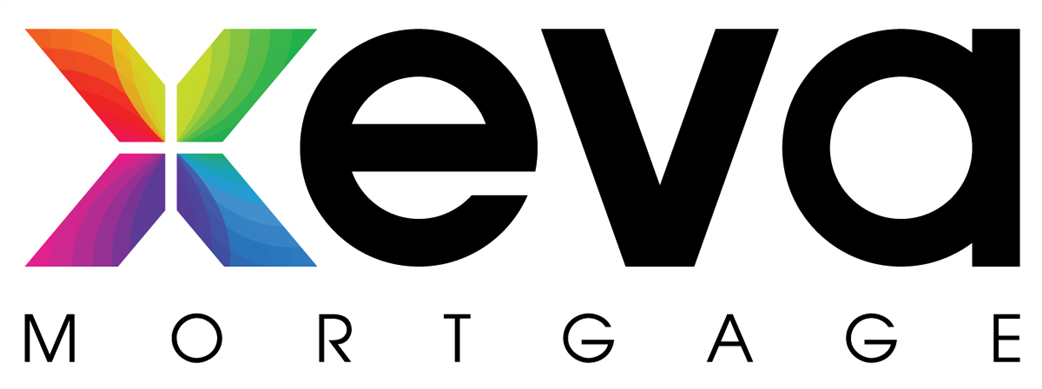Numéro de permis de l'agent
604463

Michael Giligson
Senior Mortgage Broker
Office:
Téléphone:
Courriel:
Adresse:
5090 48th Avenue, Delta, British Columbia, V4K 1V8




























